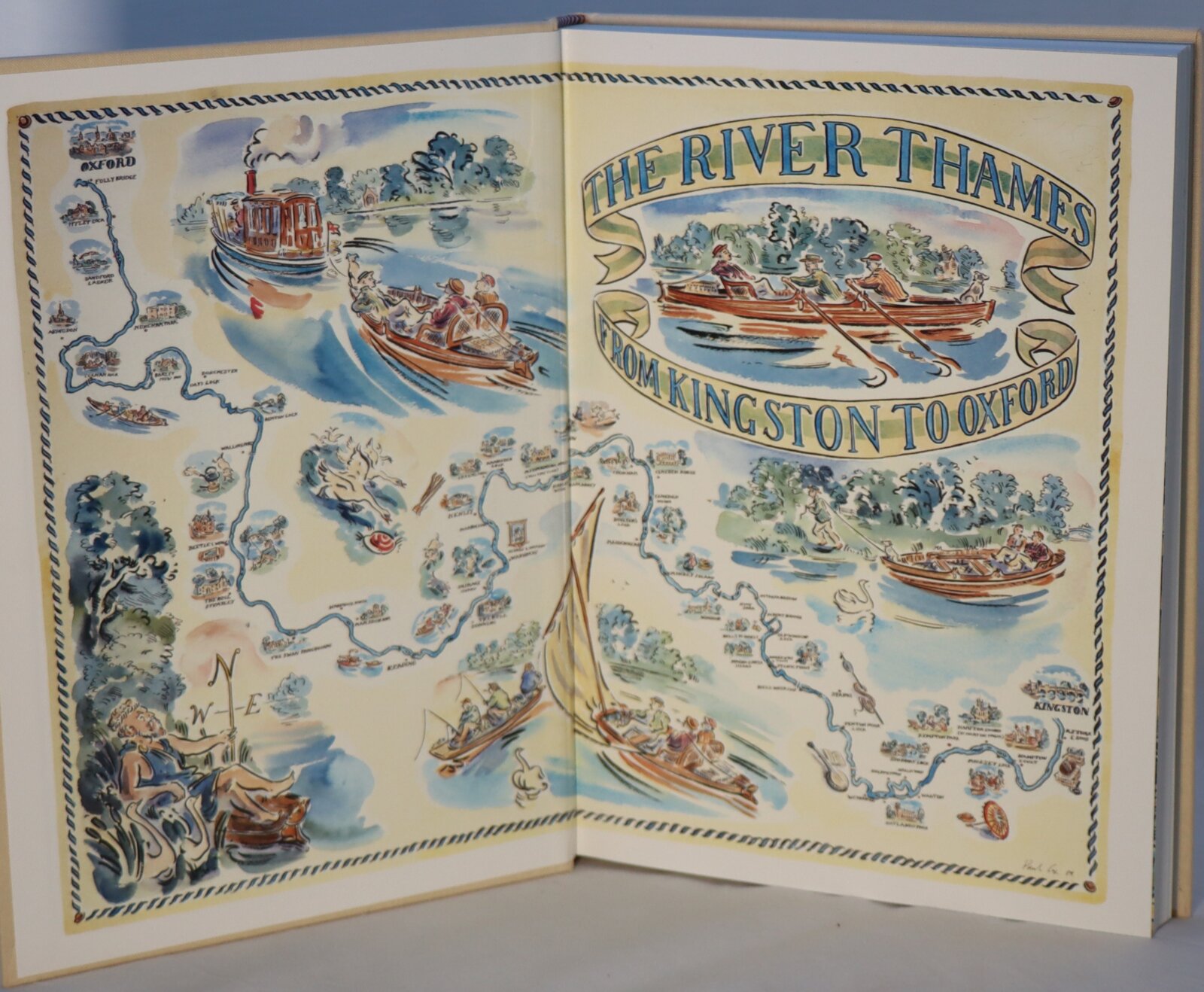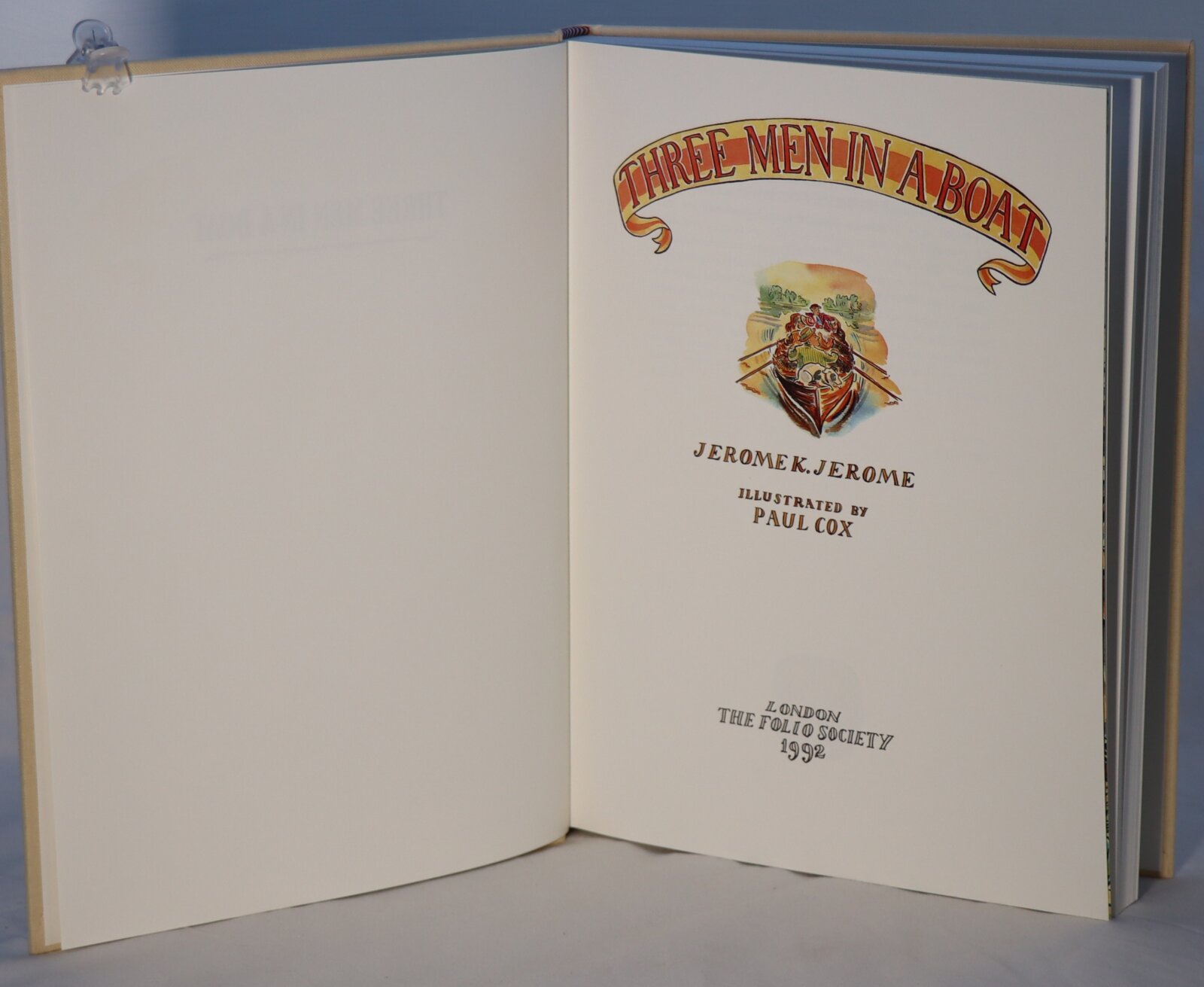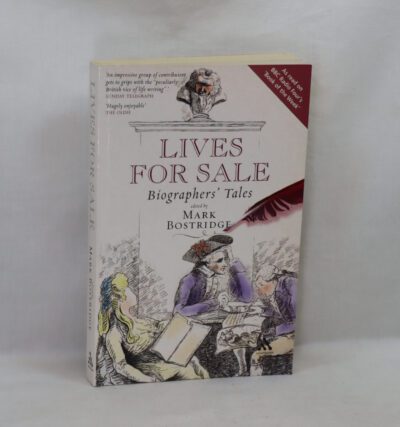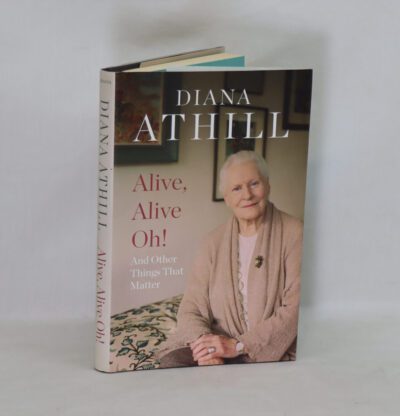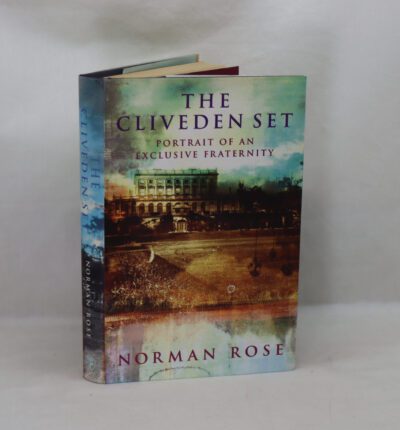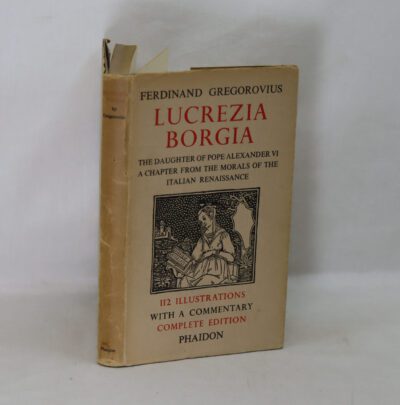John Evelyn's Diary.
By John Evelyn
Printed: 1963
Publisher: The Folio Society. London
| Dimensions | 16 × 23 × 3 cm |
|---|---|
| Language |
Language: English
Size (cminches): 16 x 23 x 3
Condition: Fine (See explanation of ratings)
Your items
Item information
Description
In a fitted box.Navy cloth binding with gilt title and design on the spine.
-
F.B.A. provides an in-depth photographic presentation of this item to stimulate your feeling and touch. More traditional book descriptions are immediately available
Folio First Edition, a true collectors copy
Selections from the John Evelyn’s Diary presented as follows:- Part One: Early Years in Foreign Travel ,October 1620 – December 16 53. Part Two: Interregnum and Restoration , January 1654 – December 1670. Part Three: Popish Plot, January 1671 – December 1688. Part Four: Old Age, January 1689 – February 1706.
John Evelyn FRS (31 October 1620 – 27 February 1706) was an English writer, landowner, gardener, courtier and minor government official, who is now best known as a diarist. He was a founding Fellow of the Royal Society.
John Evelyn’s diary, or memoir, spanned the period of his adult life from 1640, when he was a student, to 1706, the year he died. He did not write daily at all times. The many volumes provide insight into life and events at a time before regular magazines or newspapers were published, making diaries of greater interest to modern historians than such works might have been at later periods. Evelyn’s work covers art, culture and politics, including the execution of Charles I, Oliver Cromwell’s rise and eventual natural death, the last Great Plague of London, and the Great Fire of London in 1666.
John Evelyn’s Diary was first published posthumously in 1818, but over the years was overshadowed by that of Samuel Pepys. Pepys wrote a different kind of diary, in the same era but covering a much shorter period, 1660–1669, and in much greater depth.
Among the many subjects Evelyn wrote about, gardening was an increasing obsession, and he left a huge manuscript on the subject that was not printed until 2001. He published several translations of French gardening books, and his Sylva, or A Discourse of Forest-Trees (1664) was highly influential in its plea to landowners to plant trees, of which he believed the country to be dangerously short. Sections from his main manuscript were added to editions of this, and also published separately.
Condition notes
Want to know more about this item?
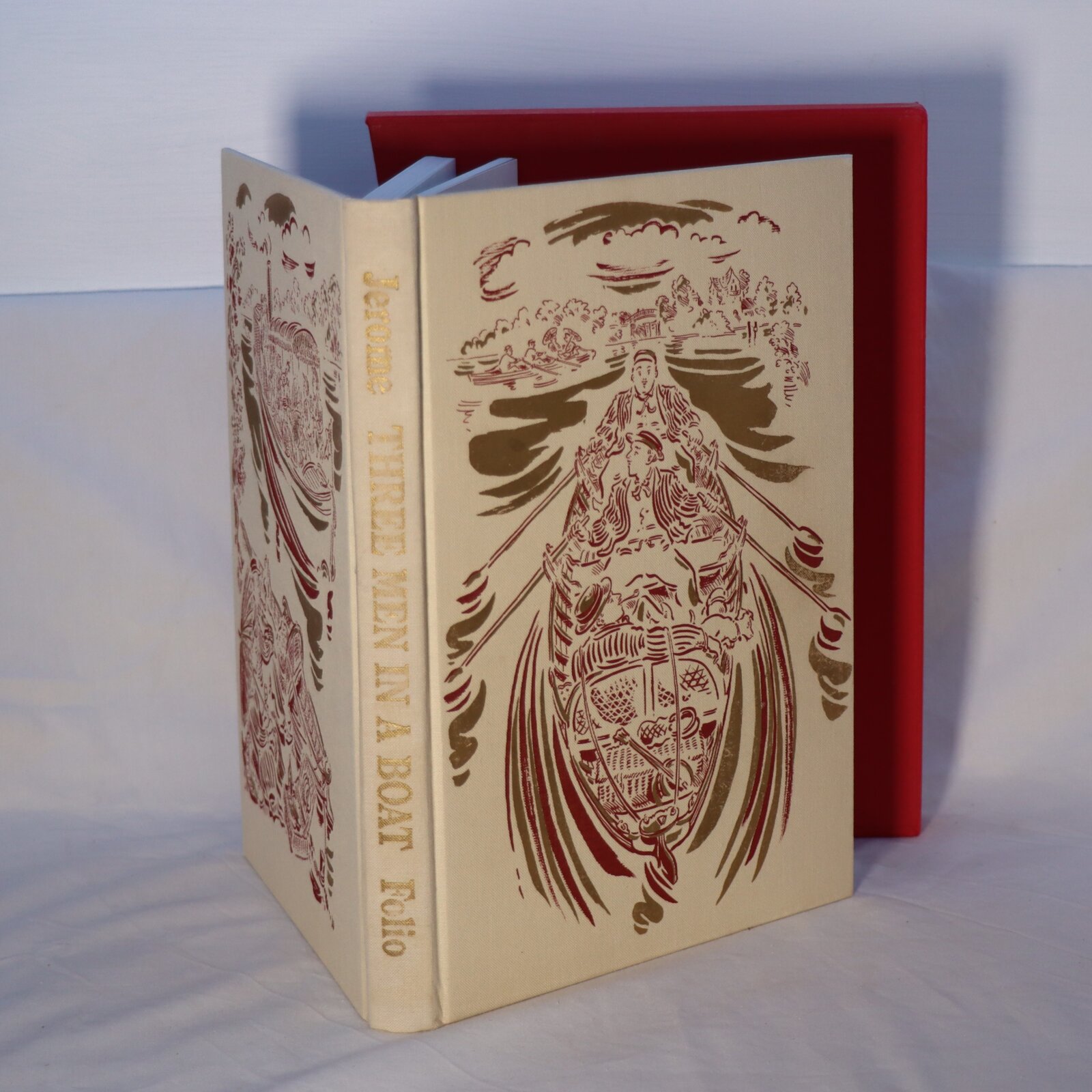
Share this Page with a friend

